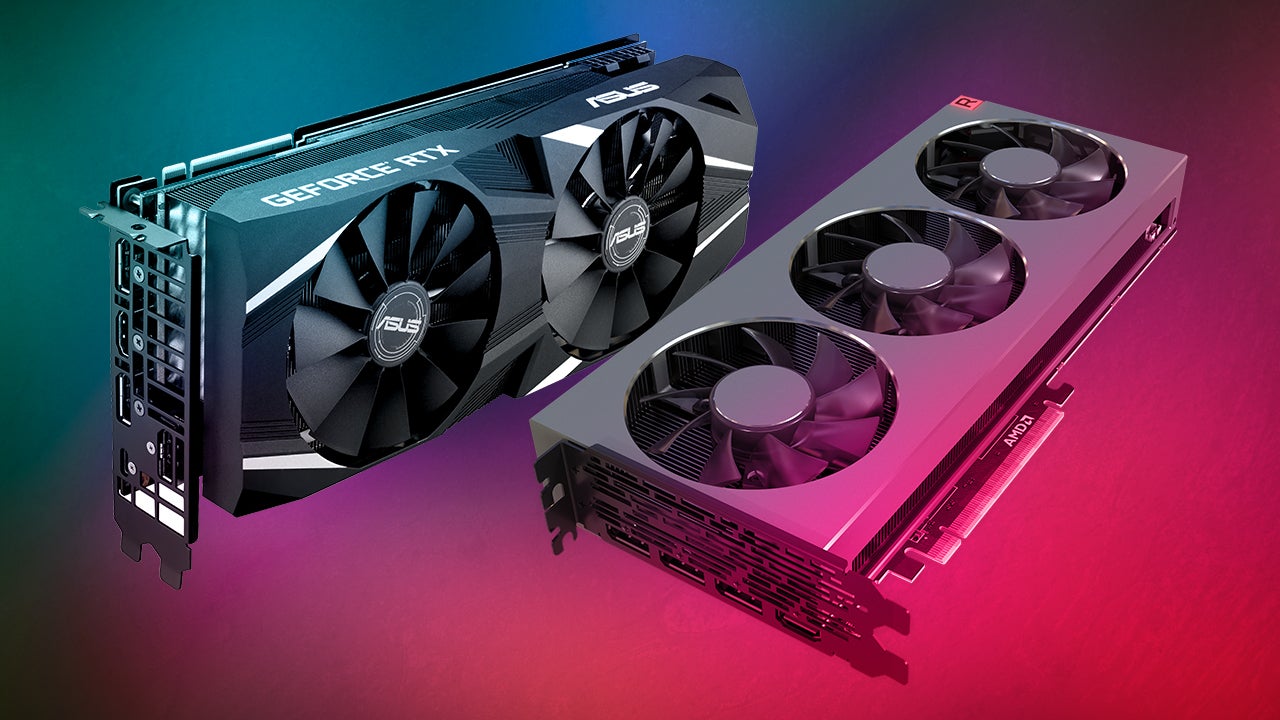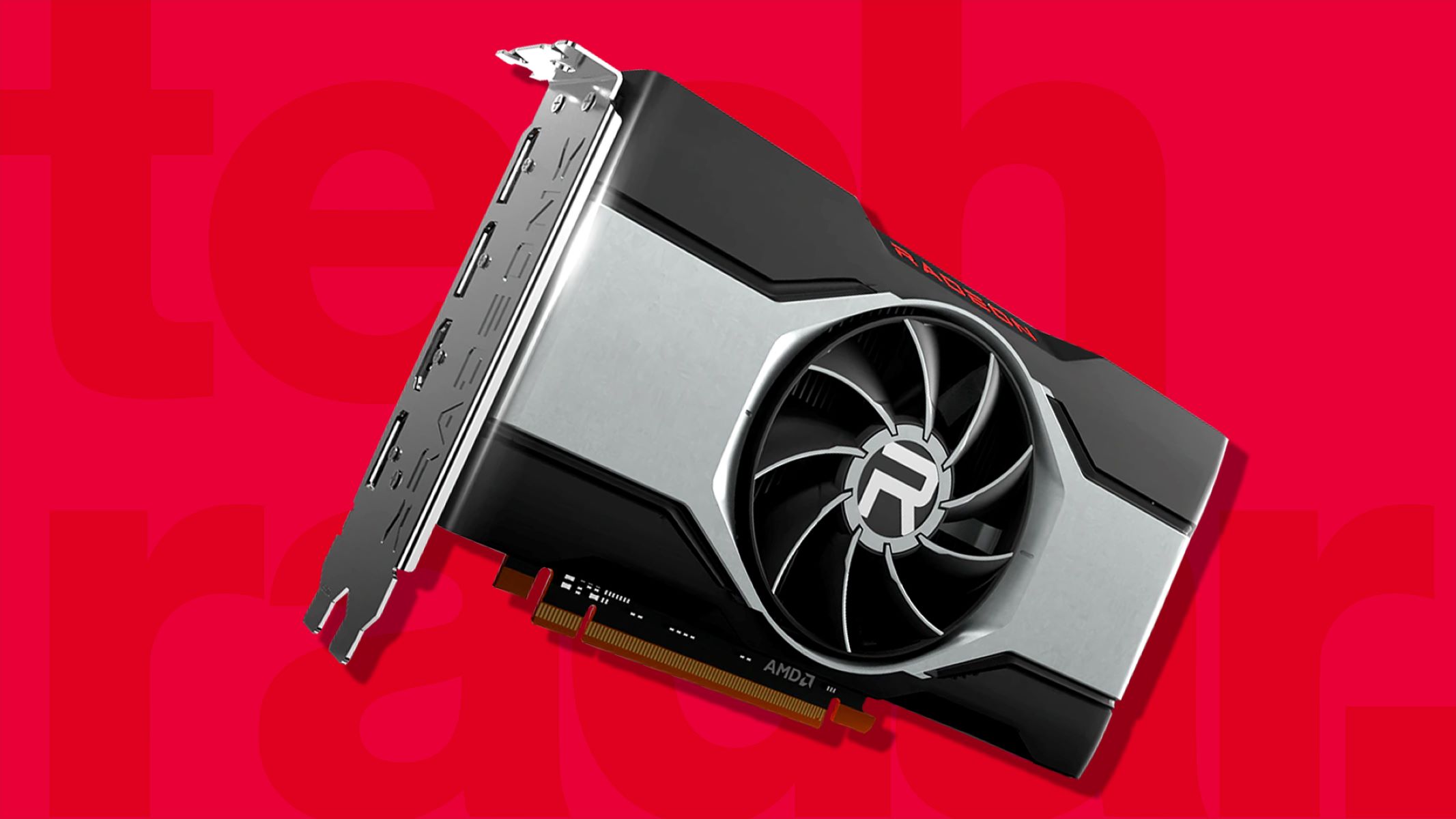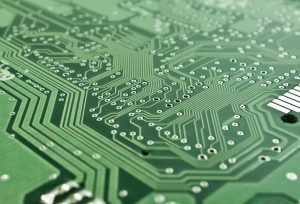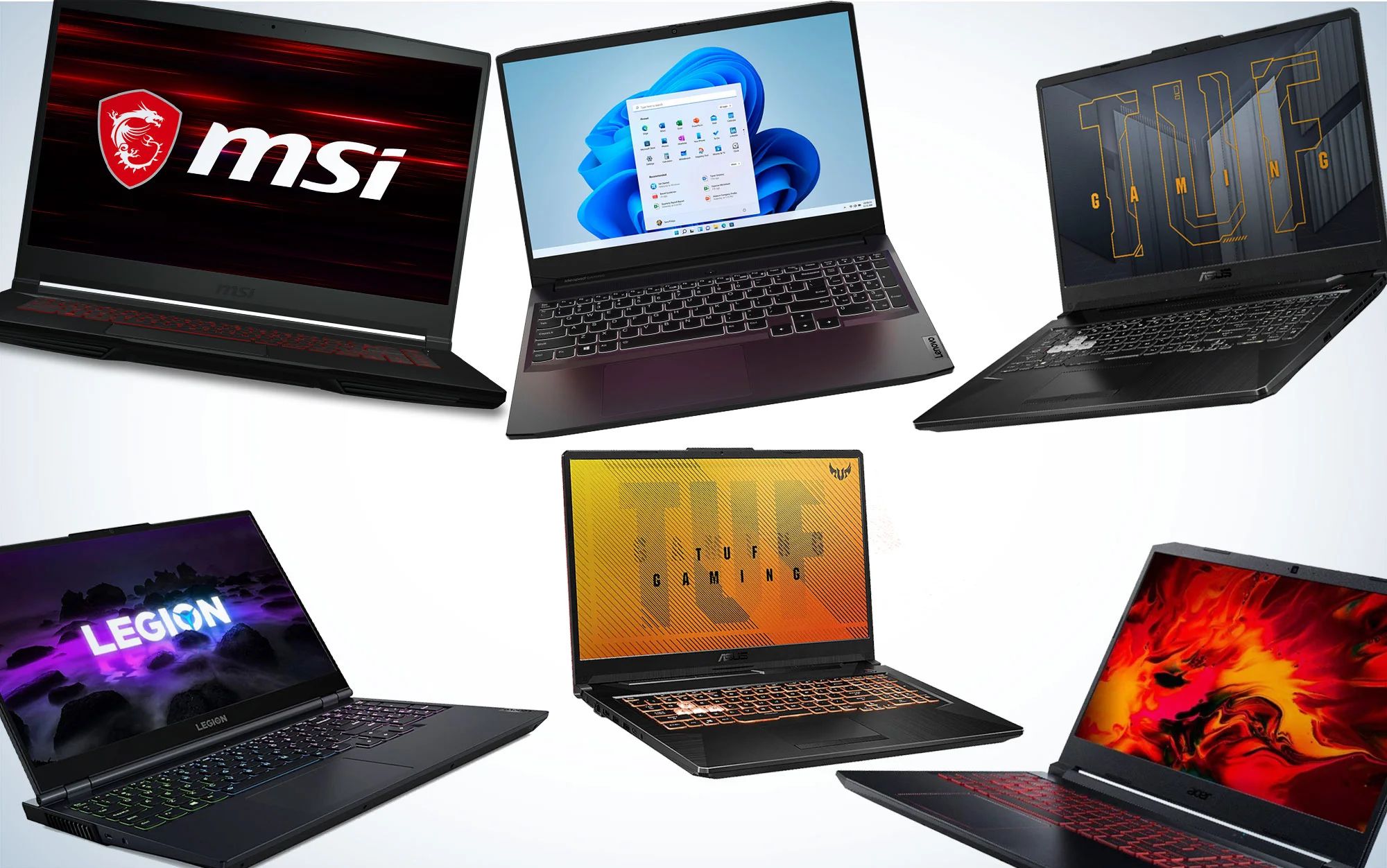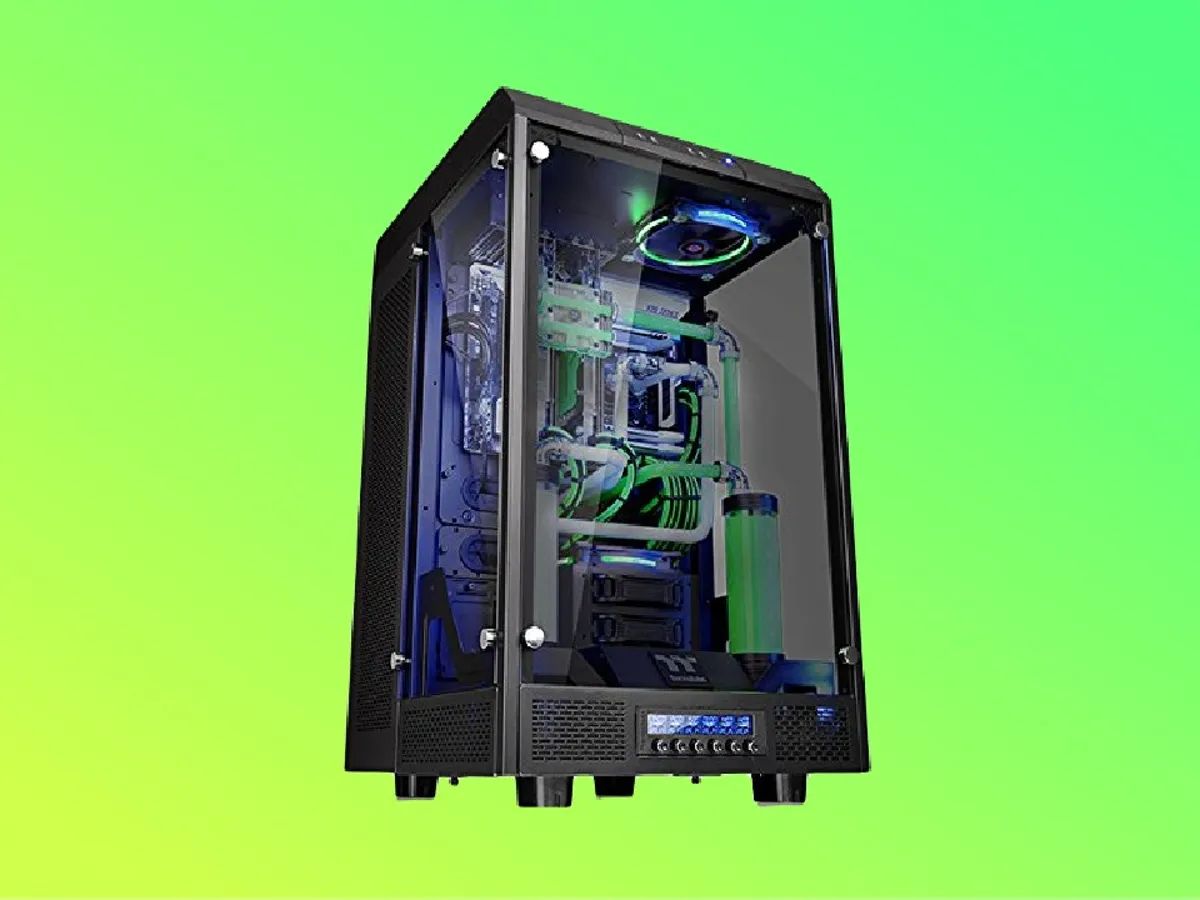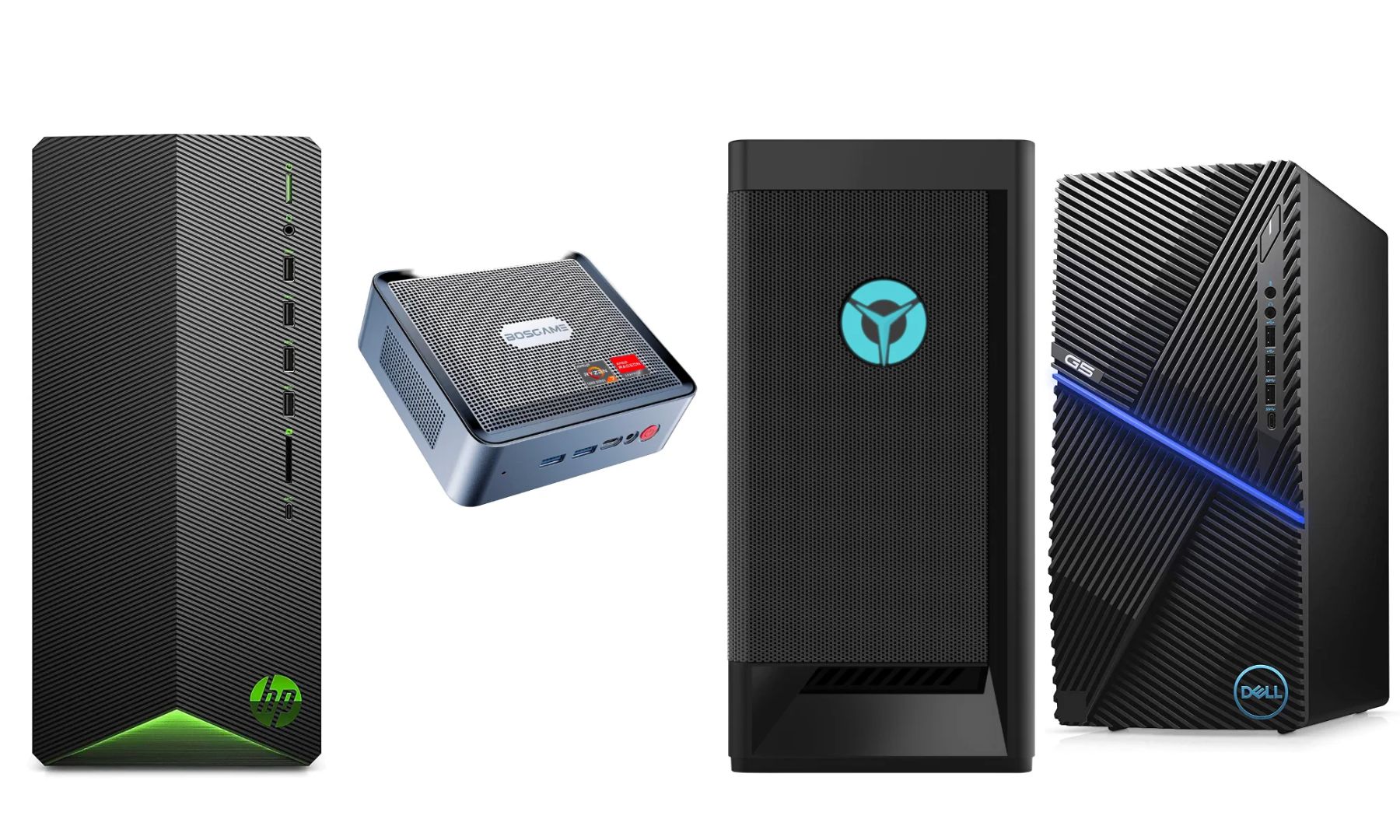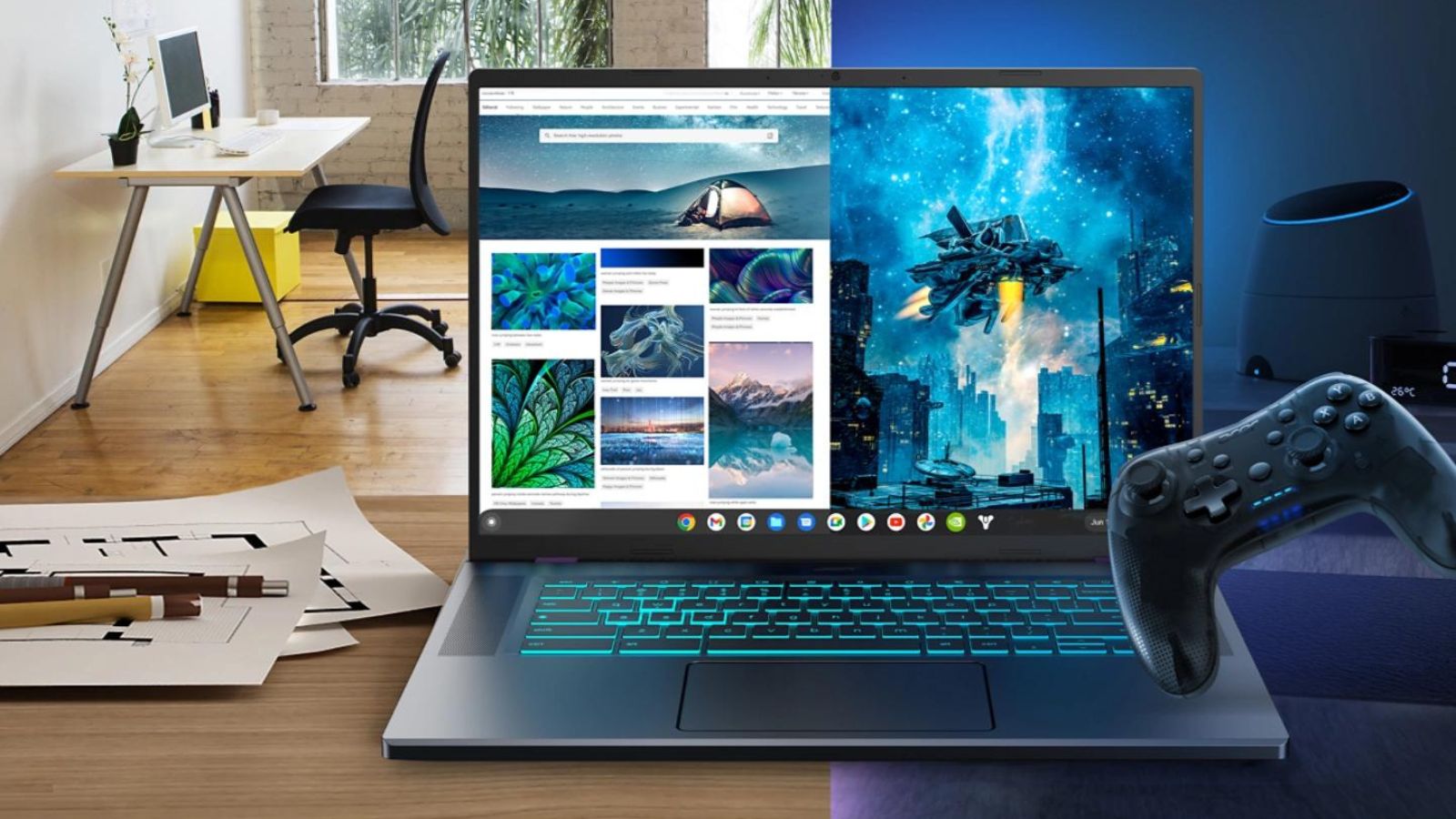Introduction
Welcome to the world of Graphics Processing Units (GPUs)! If you’re in the market for a new GPU but don’t want to break the bank, you’ve come to the right place. In this article, we’ll explore what makes a GPU good and provide you with some budget-friendly options to consider.
A GPU, also known as a graphics card, is a hardware component that is responsible for rendering and displaying images, videos, and animations on your computer screen. It works in conjunction with your CPU (Central Processing Unit) to handle the graphics-intensive tasks required for gaming, video editing, 3D modeling, and more.
When it comes to GPUs, there are a multitude of options available on the market, ranging from entry-level to high-end models. However, finding a good GPU that fits your budget can be a daunting task. You want a GPU that strikes the perfect balance between price and performance, allowing you to enjoy smooth gameplay and crisp visuals without breaking the bank.
So, what exactly makes a GPU good? It all comes down to several key factors, including performance, power efficiency, cooling capabilities, and compatibility with your system. A good GPU should be able to handle the latest games and applications, deliver excellent frame rates, and provide seamless graphics rendering.
Choosing a budget-friendly GPU can be a challenging process, as you don’t want to sacrifice too much on performance or spend more than necessary. However, there are some factors you should consider to ensure you make the right choice. These include your specific needs and usage requirements, the graphics card’s specifications and features, user reviews and recommendations, and of course, your budget.
Fortunately, there are plenty of affordable GPU options available that offer great performance without breaking the bank. In the next section, we will explore some of these budget-friendly choices, so keep reading!
What Is A GPU?
A Graphics Processing Unit (GPU) is a specialized electronic circuit that is primarily designed to handle and accelerate the rendering of images, videos, and animations. It is an essential component in modern computers, laptops, and gaming consoles, as well as in various professional applications that require intensive graphical processing.
A GPU is responsible for performing complex calculations and transformations necessary to display visual information on your screen. Unlike the CPU, which is responsible for general-purpose computations, the GPU is specifically optimized for parallel processing and graphics rendering, making it much more efficient in handling graphics-related tasks.
The GPU is designed with hundreds or even thousands of processing cores, commonly known as shaders or CUDA cores. These cores work together to rapidly perform calculations required for rendering complex images or running demanding graphics-intensive applications. The parallel architecture of the GPU allows it to handle multiple tasks simultaneously, resulting in faster and smoother graphics processing.
In addition to its graphics rendering capabilities, modern GPUs are also utilized for other computationally-intensive tasks, such as machine learning, data processing, and cryptocurrency mining. With the advent of technologies like CUDA and OpenCL, developers can harness the power of the GPU for general-purpose computing, taking advantage of its massive parallel processing capabilities.
GPUs come in various forms, including dedicated graphics cards that can be installed in a computer’s PCI-E slot, integrated GPUs that are built into the motherboard or CPU, and mobile GPUs found in laptops and smartphones. Dedicated graphics cards tend to offer higher performance and more features, making them the preferred choice for gamers and professionals who require enhanced graphics capabilities.
Over the years, GPUs have evolved significantly, becoming more powerful, efficient, and feature-rich. Manufacturers like NVIDIA and AMD continuously release new generations of GPUs, each offering improved performance and additional features. When choosing a GPU, it’s important to consider factors such as its architecture, VRAM (Video Random-Access Memory) capacity, clock speed, and compatibility with your system.
Now that we have a better understanding of what a GPU is and its role in graphics processing, let’s dive into the factors that make a GPU good and explore some budget-friendly options to consider.
What Makes a GPU Good?
When it comes to determining the quality of a GPU, several key factors come into play. These factors contribute to its overall performance, efficiency, and ability to handle the graphics-intensive tasks required by today’s demanding applications and games. Here are the essential features that make a GPU good:
- Performance: One of the most critical aspects of a good GPU is its performance. A powerful GPU should be able to handle the latest games and applications with ease, delivering high frame rates and smooth gameplay. It should also have sufficient horsepower to handle graphics-intensive tasks such as video editing, 3D modeling, and rendering.
- Memory: The amount and type of memory, known as VRAM (Video Random-Access Memory), play a crucial role in a GPU’s performance. More VRAM allows the GPU to handle larger and more complex textures, resulting in better graphical fidelity and smoother performance. GDDR6 or higher is considered ideal for modern GPUs.
- Clock Speed: The clock speed of a GPU determines how quickly it can process information. Higher clock speeds result in faster calculations and better overall performance. However, it’s important to note that clock speed alone should not be the sole determining factor, as other factors like architecture and memory bandwidth also influence performance.
- Cooling: Efficient cooling is crucial for a GPU’s longevity and performance. Good GPUs feature robust cooling solutions, such as fans or heatsinks, to dissipate heat effectively. This ensures that the GPU remains cool under heavy loads, preventing thermal throttling that can impact performance.
- Power Efficiency: A good GPU should strike a balance between performance and power consumption. Energy-efficient GPUs not only help reduce electricity bills but also generate less heat, resulting in quieter operation and a more comfortable computing experience.
- Software and Driver Support: Regular driver updates and software support are essential for ensuring your GPU stays up-to-date and compatible with the latest games and applications. Good GPU manufacturers provide timely updates and support to enhance performance and fix any compatibility issues.
- Price and Value: Finally, the price is an important consideration when evaluating the quality of a GPU. A good GPU offers excellent value for money, providing a balance between price and performance. However, it’s crucial to consider your specific needs and budgetary constraints when making a purchasing decision.
By considering these factors, you can assess the quality and suitability of a GPU for your specific requirements. However, it’s essential to keep in mind that the “best” GPU for you ultimately depends on your usage scenario, budget, and personal preferences. With these factors in mind, let’s explore some budget-friendly GPU options that provide excellent value for their price.
Factors to Consider When Choosing a Cheap GPU
When you’re looking for a cheap GPU that offers a good balance between price and performance, there are several important factors to consider. By taking these factors into account, you can ensure that you make an informed decision and find a budget-friendly GPU that meets your needs. Here are the key factors to consider:
- Performance Requirements: Determine the specific tasks and applications you’ll be using the GPU for. If you primarily use your computer for web browsing, multimedia consumption, and light gaming, you won’t require a high-end GPU. However, if you’re into resource-intensive tasks like video editing or gaming, you’ll need a GPU with more power and capabilities.
- Compatibility: Ensure that the GPU you choose is compatible with your system. Check your computer’s specifications, including the available PCIe slots, power supply wattage, and physical dimensions. Some GPUs may require additional power connectors, so make sure your power supply has the necessary cables.
- Budget: Determine your budget for the GPU purchase. Set a realistic price range based on the performance requirements and your financial constraints. It’s important to strike a balance between performance and price, considering that the latest and most powerful GPUs tend to be more expensive.
- Used vs. New: Consider whether you’re open to purchasing a used GPU. While used GPUs can offer significant cost savings, it’s crucial to evaluate their condition, warranty status, and potential performance issues. Buying from reputable sellers and asking for warranty coverage can mitigate some of these risks.
- Research and Reviews: Conduct thorough research and read reviews from reputable sources to gather insights into the performance, reliability, and value of different GPUs. Customer reviews can provide valuable firsthand experiences and help you make an informed decision.
- Power Consumption: Look for a GPU that offers good power efficiency to keep running costs low and reduce heat generation. GPUs with lower power demands will also put less strain on your power supply unit, ensuring stable and reliable system performance.
- Connectivity and Display Outputs: Depending on your setup, consider the connectivity options available on the GPU. Ensure that it has the necessary display outputs (HDMI, DisplayPort, etc.) to connect your monitor or other display devices. Also, check if the GPU supports multiple monitors or higher resolutions if you have specific requirements.
By carefully considering these factors, you can narrow down your options and find a cheap GPU that aligns with your performance needs, budget, and compatibility requirements. In the next section, we will explore some budget-friendly GPU options that provide excellent performance and value for money. Stay tuned!
Budget-Friendly GPU Options
When it comes to finding a budget-friendly GPU that offers excellent performance without breaking the bank, there are several options worth considering. These GPUs strike a balance between price and capability, making them ideal for users who are looking for affordability without compromising too much on performance. Here are some budget-friendly GPU options:
- NVIDIA GeForce GTX 1650 Super: The GTX 1650 Super is a popular choice for budget-conscious gamers. It offers excellent 1080p gaming performance, is power-efficient, and comes at an affordable price. With 4GB of GDDR6 VRAM, it can handle most modern games at medium to high settings.
- AMD Radeon RX 5600 XT: The RX 5600 XT is another budget-friendly GPU that delivers impressive gaming performance. It offers 6GB of GDDR6 VRAM, supports hardware-accelerated ray tracing, and provides excellent value for its price. It’s capable of handling most games at high settings and even supports VR gaming.
- NVIDIA GeForce GTX 1660 Super: The GTX 1660 Super is an upgraded version of the GTX 1660, offering better performance and value. With 6GB of GDDR6 VRAM, it can handle 1080p gaming with ease and even handle some games at 1440p. It’s power-efficient, making it a reliable choice for budget builds.
- AMD Radeon RX 5500 XT: The RX 5500 XT is a budget-friendly GPU from AMD that offers solid 1080p gaming performance. With 4GB or 8GB of GDDR6 VRAM, it can handle modern games at medium to high settings. It’s power-efficient and comes at an attractive price point.
- NVIDIA GeForce GTX 1050 Ti: Although it’s an older GPU, the GTX 1050 Ti still holds up as a budget-friendly option for casual gaming and multimedia tasks. It offers 4GB of GDDR5 VRAM and can handle 1080p gaming at medium settings in most games. It’s an excellent choice for older systems or budget builds.
These are just a few examples of budget-friendly GPUs that are widely available in the market. However, it’s essential to consider your specific requirements, budget, and availability when making a purchase decision. Prices and availability may vary depending on your region and current market conditions.
Additionally, keep an eye out for seasonal sales, discounts, and promotions from retailers, as these can offer even better deals on GPUs. Used GPUs can also be an option if you’re open to purchasing second-hand hardware. Just be sure to do thorough research and assess the condition and warranty of the used GPU before making a purchase.
In the next section, we’ll discuss some tips on how to get the best performance out of a cheap GPU. So, let’s continue!
How to Get the Best Performance Out of a Cheap GPU
Even with a budget-friendly GPU, you can maximize its performance and get the most out of your investment. By following these tips and optimizing your system, you can enhance the performance of your cheap GPU for an even better gaming or graphics experience:
- Keep Drivers Updated: Regularly update your GPU drivers to ensure you have the latest bug fixes, performance improvements, and compatibility enhancements. GPU manufacturers often release driver updates that can significantly improve performance in specific games or applications.
- Monitor Temperature: Monitoring your GPU’s temperature is crucial, especially during intense gaming or graphics-intensive tasks. High temperatures can lead to thermal throttling, where the GPU reduces its performance to prevent overheating. Ensure your GPU is adequately cooled, and consider adjusting fan speed curves or using additional cooling solutions if necessary.
- Optimize In-Game Settings: Adjusting in-game settings can greatly impact performance. Lowering graphics settings, such as shadows, anti-aliasing, and post-processing effects, can significantly improve frame rates without sacrificing much visual quality. Experiment with different settings to find the right balance between performance and visuals.
- Monitor Resolution: Playing games at a lower resolution can improve performance, especially on budget GPUs. Consider lowering the resolution to 1080p or lower if your monitor supports it. Although the image quality may not be as crisp, the performance boost can make a noticeable difference in gameplay.
- Close Background Applications: Having unnecessary applications running in the background can consume system resources and impact GPU performance. Close any unused applications and disable any background processes that may hog system resources while gaming or performing graphics-intensive tasks.
- Manage Power Settings: Adjust your computer’s power settings to prioritize performance over power savings. In the power options, select the “High Performance” mode to ensure your system is running at its maximum potential. However, be aware that this may slightly increase power consumption.
- Overclocking: If you feel comfortable with it and your GPU supports it, you can try overclocking to squeeze out some extra performance. However, be cautious as overclocking can potentially lead to instability or overheating. Properly research and follow overclocking guidelines and monitor temperatures closely.
- Upgrade RAM: Adding more RAM to your system can help improve overall system performance, especially when running memory-intensive applications or playing demanding games. Ensure your system has sufficient RAM to prevent bottlenecks and allow your GPU to perform at its best.
By implementing these tips, you can optimize your system and make the most of your cheap GPU’s capabilities. Remember to balance performance and visuals to find the right settings for your gaming or graphics needs.
Now that we’ve explored how to maximize the performance of a budget-friendly GPU let’s conclude our discussion and summarize the key points we’ve covered.
Conclusion
Choosing a budget-friendly GPU doesn’t mean having to compromise on performance or quality. By considering key factors such as performance requirements, compatibility, budget, and power efficiency, you can find a GPU that offers excellent value for its price.
We’ve explored what makes a GPU good, including its performance, memory, clock speed, cooling capabilities, power efficiency, and software support. These factors are essential to consider when evaluating the quality and suitability of a GPU.
When it comes to budget-friendly GPU options, examples such as the NVIDIA GeForce GTX 1650 Super, AMD Radeon RX 5600 XT, NVIDIA GeForce GTX 1660 Super, AMD Radeon RX 5500 XT, and NVIDIA GeForce GTX 1050 Ti provide solid performance and value for users with a limited budget.
Furthermore, we discussed how to maximize the performance of a cheap GPU by keeping drivers updated, monitoring temperatures, optimizing in-game settings, managing power settings, and considering overclocking or upgrading RAM if necessary. These strategies can help you optimize your system and get the most out of your budget-friendly GPU.
Remember, the key to finding the best GPU for your needs is to carefully assess your requirements, budget, and compatibility. In addition, conducting thorough research, reading customer reviews, and exploring various options can help you make an informed decision.
So, whether you’re a casual gamer, a multimedia enthusiast, or a professional with budget constraints, there’s a budget-friendly GPU out there that can provide you with a great visual experience. Take the time to consider your specific needs, follow the tips we discussed, and enjoy the performance and affordability of your new GPU.







